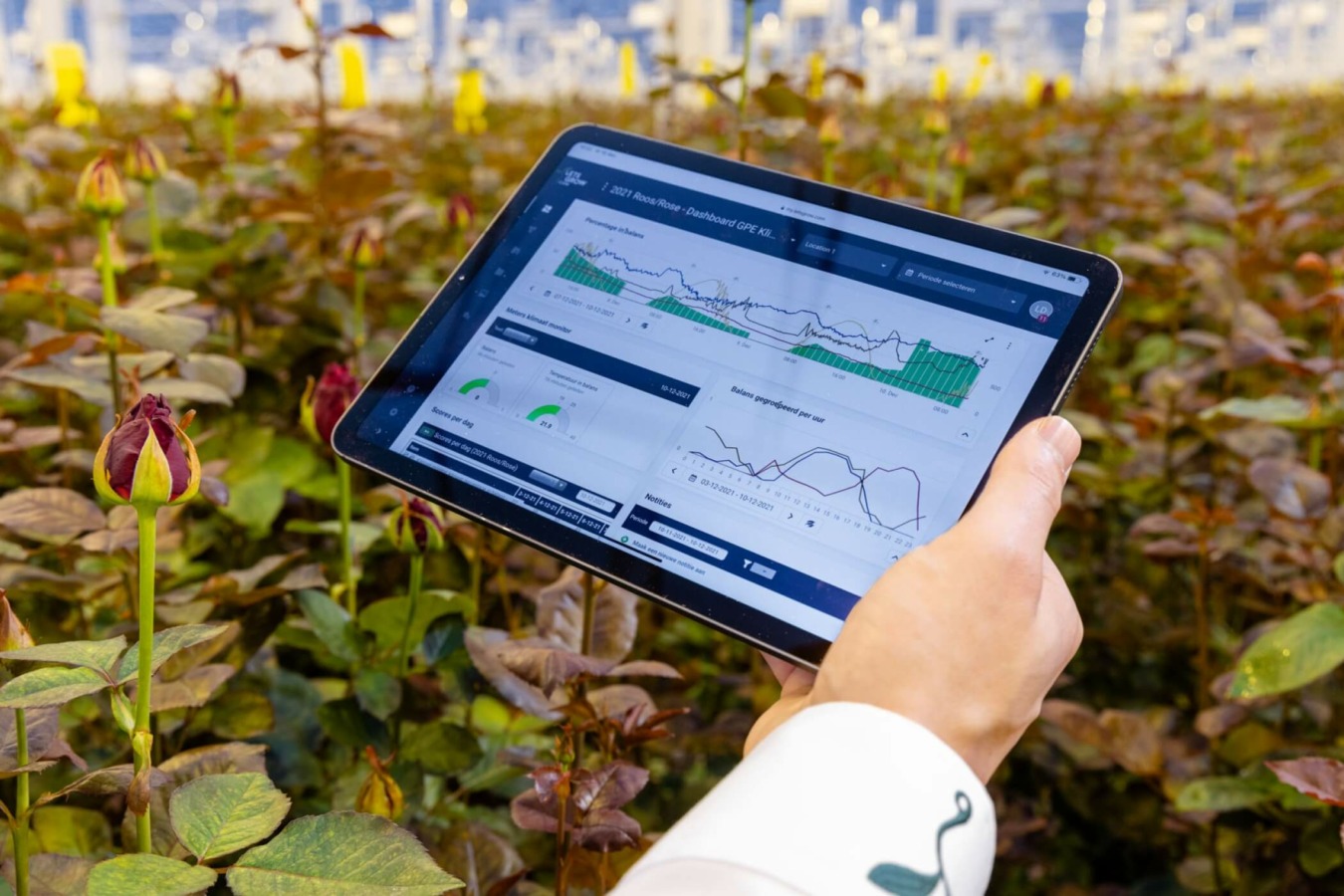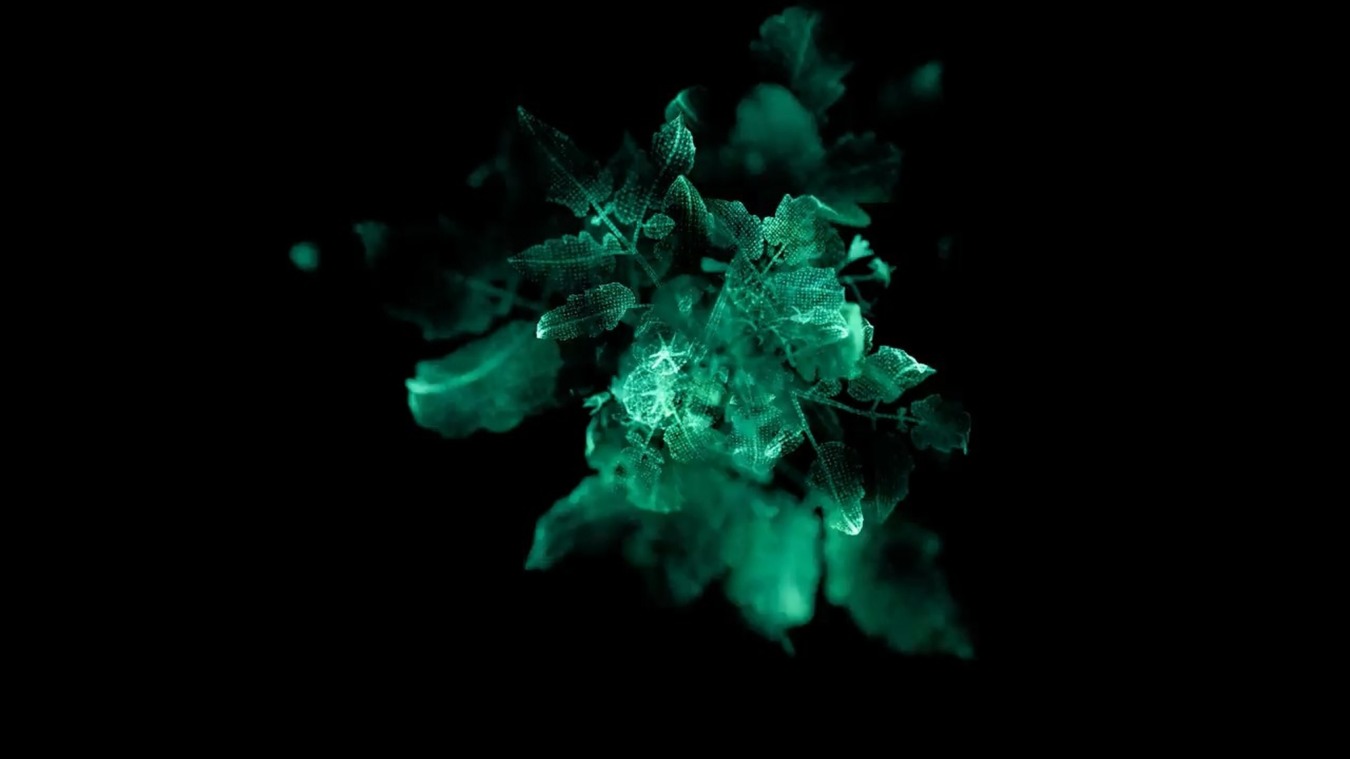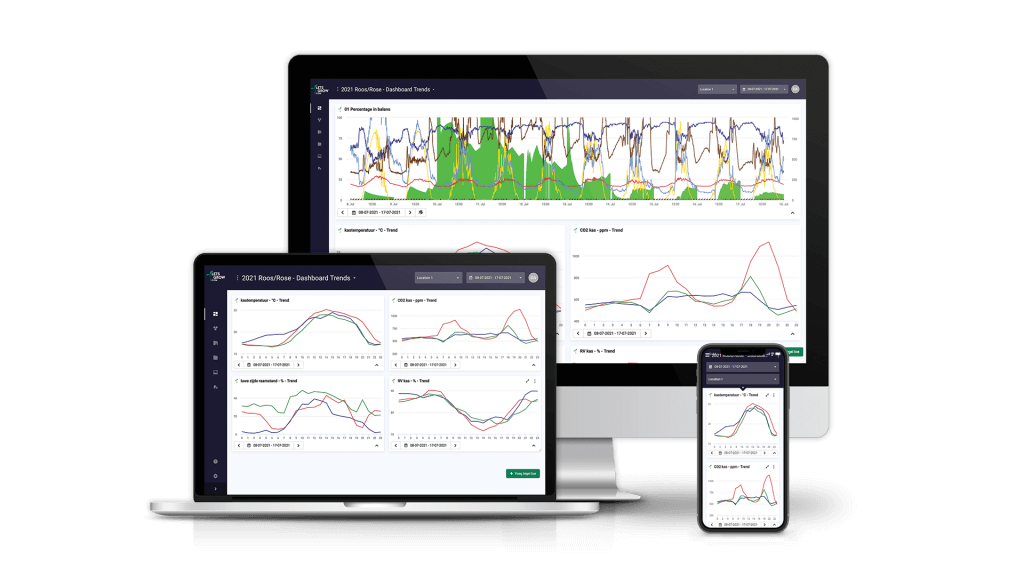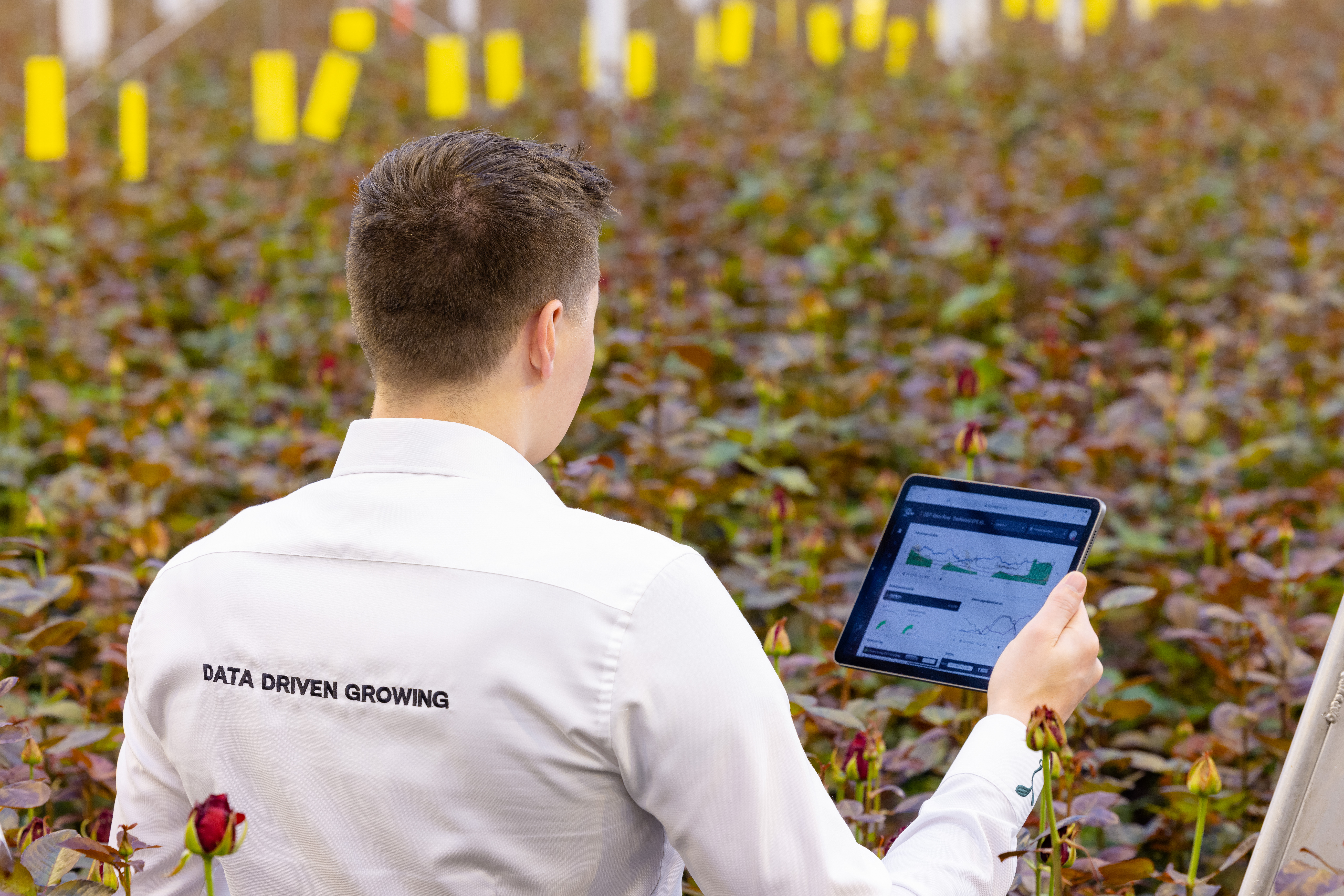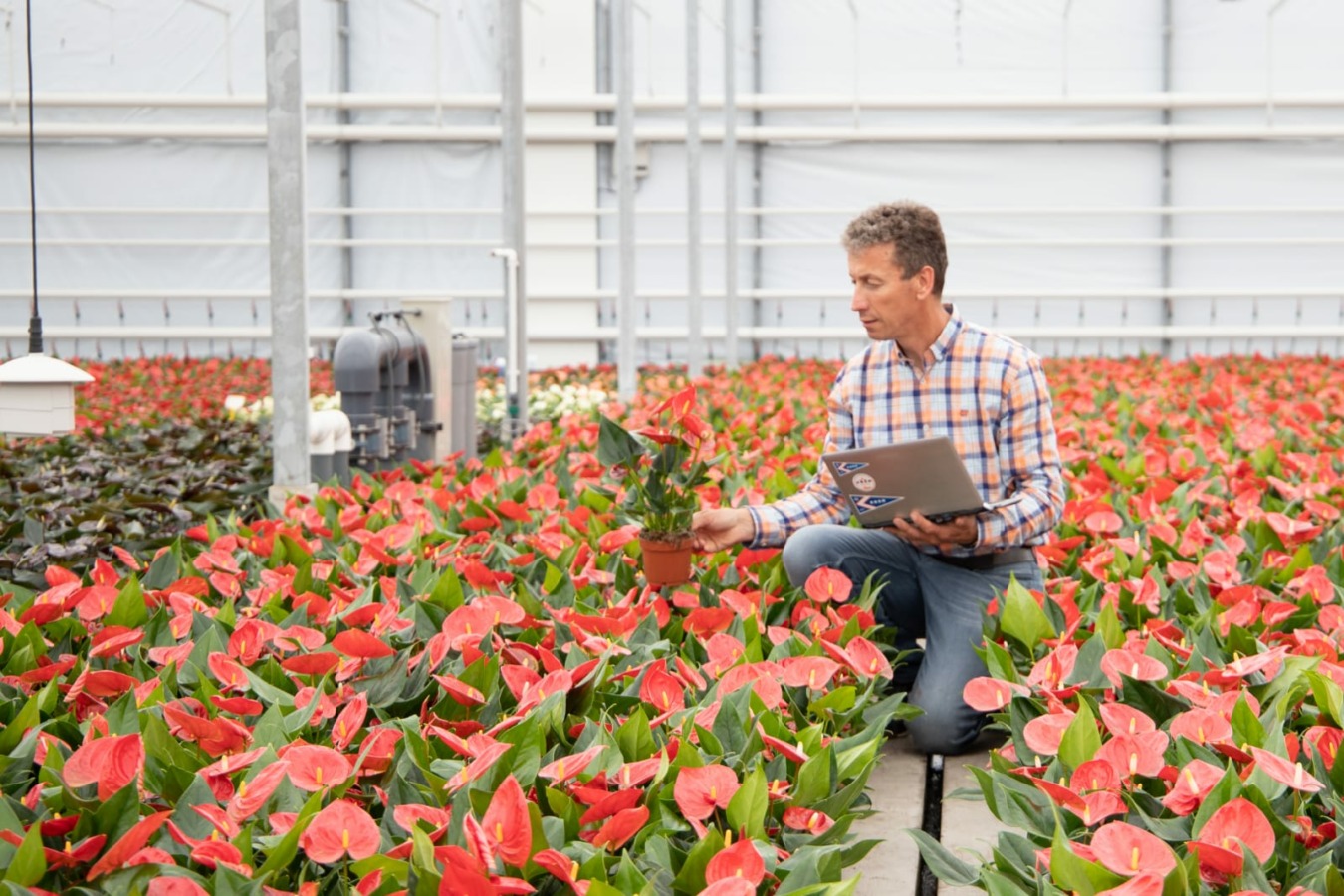
Moving towards Christmas and New Year’s Eve is known that in most countries worldwide, radiation levels are decreasing which results in a drop of outside temperature and humidity increase. Such conditions could decrease plant development and growth while increasing risks such as condensation on leaves and botrytis. Therefore, below you can find several tips in order to protect your crop and maintain it in balance.
Tip 1 | Microbes
Support your plants from the very beginning. Since creating a strong root system is essential for the overall crop cycle; this can be assisted by introducing beneficial microbes into your substrate.
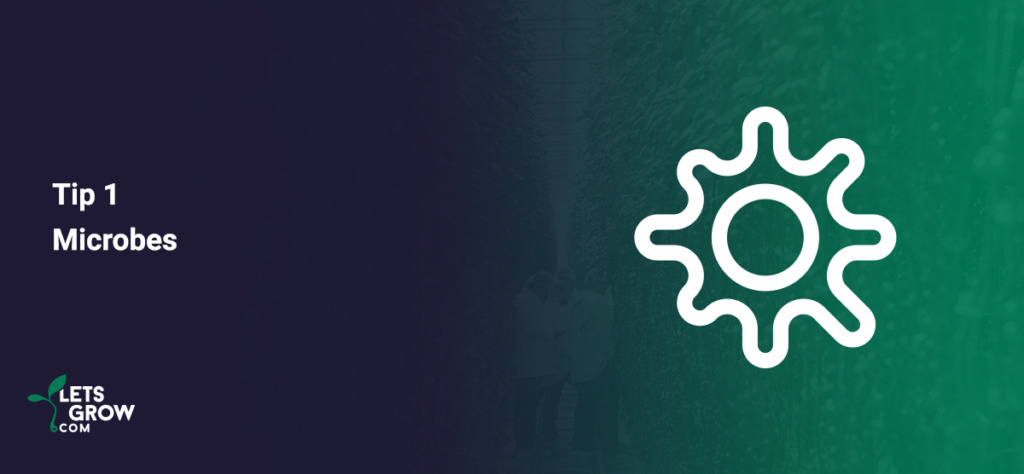
Tip 2 | Air movement
Ensure sufficient air movement especially during the night to decrease the boundary layer effect and support a minimum transpiration rate and therefore plant activity.
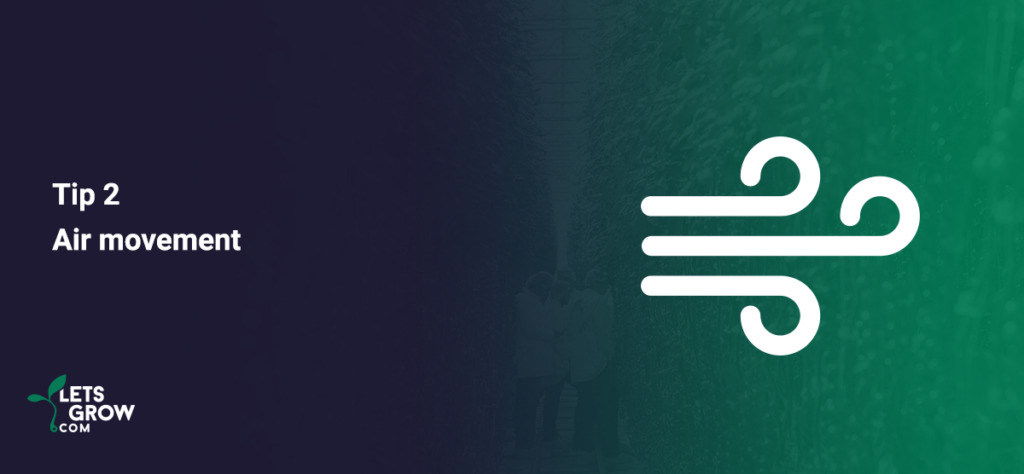
Tip 3 | Energy screen
Deploy your energy screen to prevent heat emission and hence cold heads which can lead to a growth restriction for your plants. Additionally, by using your energy screen humidity transfer characteristics in the most optimal way you will decrease energy consumption, and above all increase your greenhouse climate homogeneity.
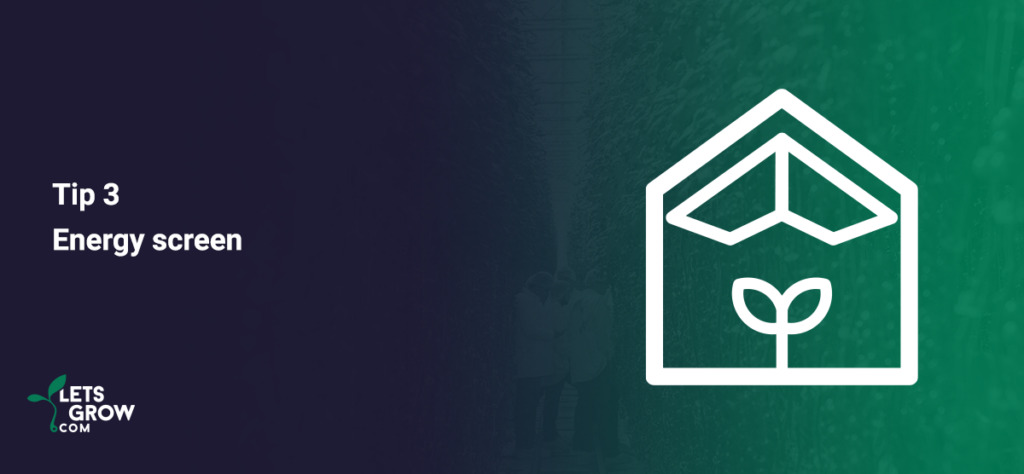
Tip 4 | Plant temperature sensor
“What’s get measured gets managed!”. Use an infrared sensor in order to measure your plant temperature and test how your canopy reacts according to the actions/controls that you make.
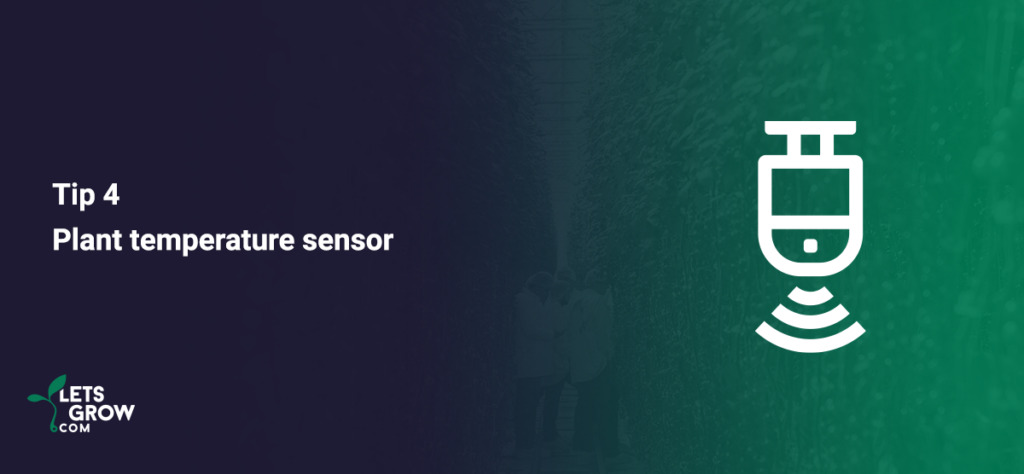
Tip 5 | Irrigation
Do not over-irrigate. Definitely, due to low radiation levels, the transpiration rate is being reduced. Therefore, supplying water to your plants according to the evaporation energy or radiation levels will support your root zone to maintain the optimal water content and oxygen levels.
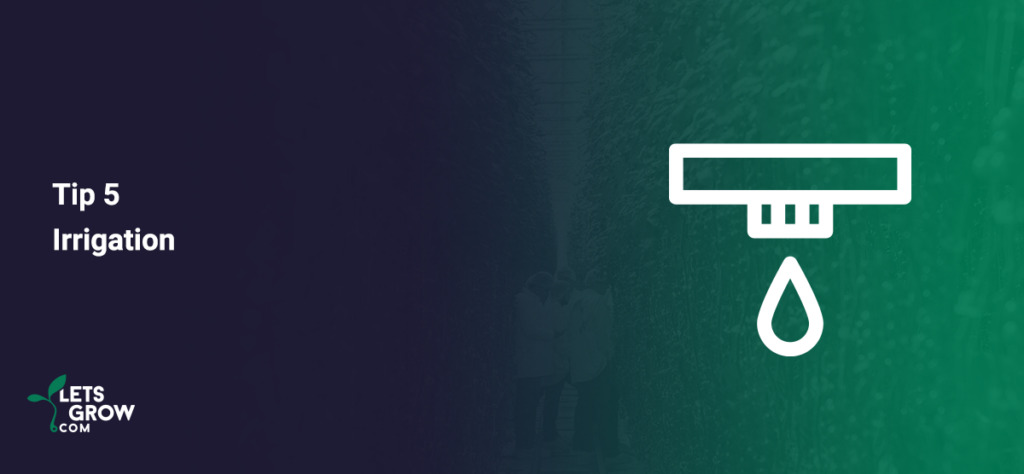
Tip 6 | Irrigation water temperature
Monitor your root zone temperature. There are several cases of greenhouses where water basins are being placed outside. This means that irrigation water is directly affected by outside conditions. In case of low temperatures that could result in a root zone temperature of lower than 15°C. This can create limited water uptake to the plants and condensation on plant parts.
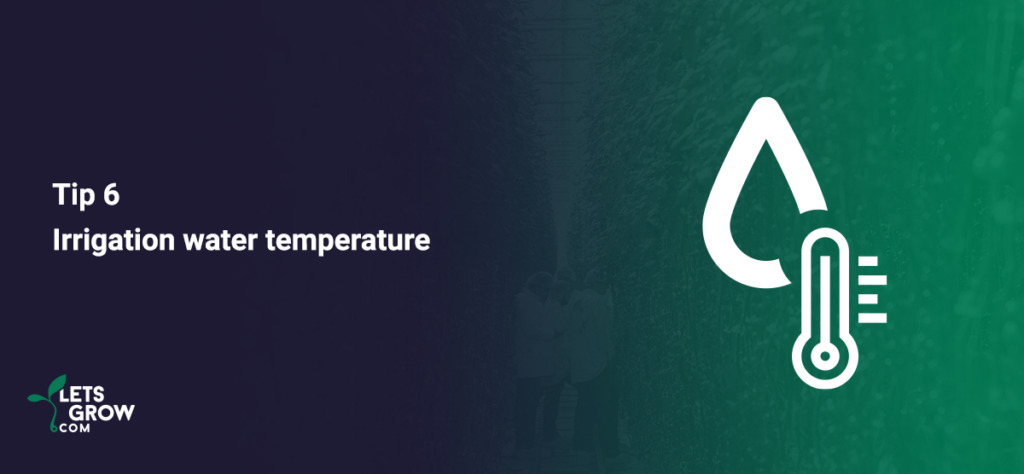
Tip 7 | Bumblebees and pollination
Bumblebees and pollination. In the case of artificial light usage, be aware that the spectrum is different compared to outside radiation. In combination with too little natural light, this could mislead the bumblebees and decrease the number of the colony, hence decreasing pollination.
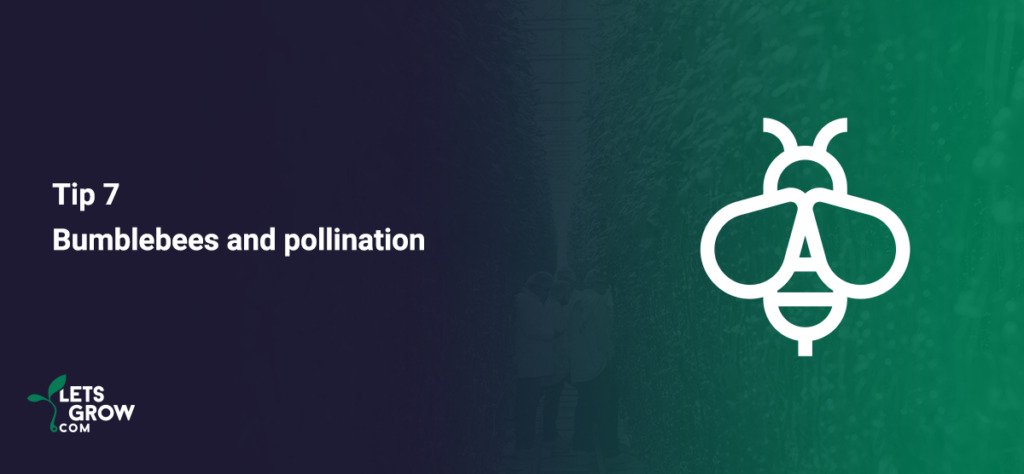
The above-mentioned tips are being provided in order to maintain the plant in balance and increase your resource use efficiency. Certainly, greenhouse construction and equipment can vary, hence adjust these tips to the extent that supports your own greenhouse.
Finally, our main suggestion is always to start with a plan for the greenhouse climate and the crop itself. By making a plan, you are aware of your goals and if there is a need for adjustments. This could characterize you as proactive grower. A grower in control!
Stay informed
"*" indicates required fields
